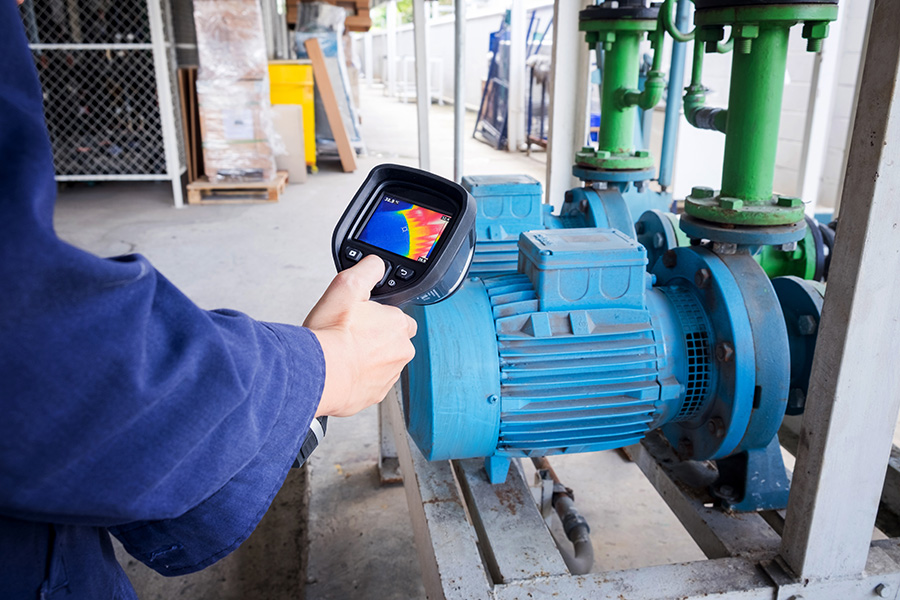Parts and Equipment Warranty Information Belongs in CMMS
Part 3 of a 3-part article on CMMS
Managers seeking to gain control over inventory costs need to be sure that parts and equipment warranty information ends up in the CMMS and that warehouse managers track the information. While many construction projects come with a one-year warranty, many components and standard parts carry longer warranties.
For example, chiller compressors can come with five- or ten-year warranties. Standard parts warranties might not cover labor, and many times they must be at the discretion of the manufacturer. Departments can purchase extended warranties, but they can be complicated. For example, they can cover delayed start-up, whole unit parts, or just critical part warranties like compressor warranties.
The key is either to label the equipment indicating it is covered by warranty and include the warranty expiration date or to code it so when the CMMS generates a work order, it notifies the planner that the unit or part is covered by warranty. Otherwise, the planner will miss it and order replacement material.
Warranties also require proper installation, maintenance and operation. When developing job plans for the equipment, reliability engineers need to use the manufacturer’s operations and maintenance manuals. By following the manufacturer’s recommendations, technicians will not void warranties.
Training technicians and operators so they understand proper maintenance and operation is a best practice whether or not a warranty exists. Tampering with or trying to repair the equipment also might void the warranty. To avoid potential issues with warranties on high-value equipment, consider having the original equipment manufacturer perform maintenance during the warranty period.
By applying best practices for managing materials, my organization was able to save $1.4 million annually with a $3.5 million budget for materials and sustain it for four years. Any warehouse manager also will benefit from such practices because the warehouse will be more organized and less cluttered, and items will rotate more frequently. While results will vary, an organization can expect to save 10-50 percent on material annually by applying these same best practices.
Christopher R. Williamson, P.E., CMRP, CEM, LEED AP — cwilliamsonpe@gmail.com — works for Jacobs Engineering as a maintenance director of a federal installation in Southeastern Virginia with more than 270 buildings.
Related Topics:














